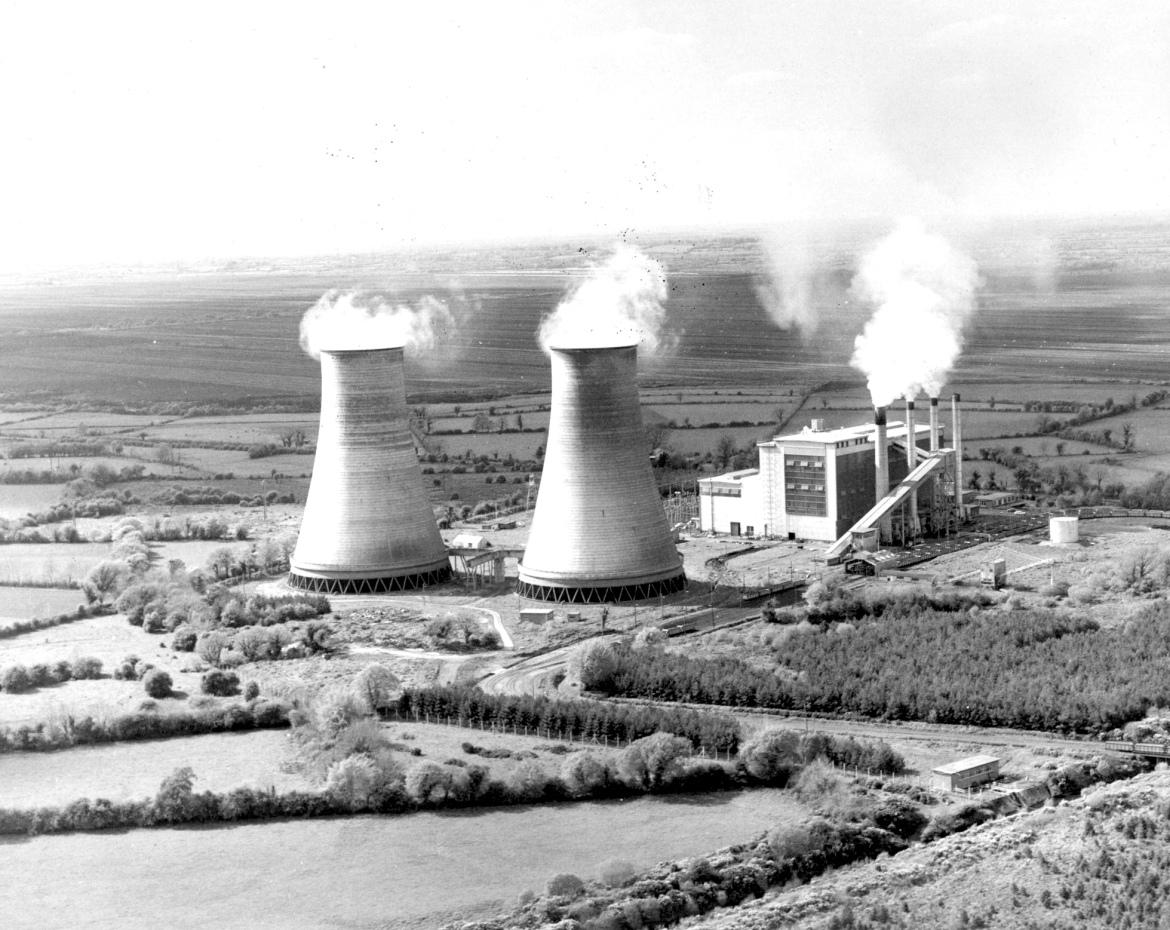Visit Moyclare Bog
There are no visitor facilities at Moyclare Bog at present. The bog is wet and dangerous. There is an array of wildlife on it, and private land rings it. Please do not visit unless accompanied by a member of staff from the NPWS.
The LIFE team will post details of any open days, walks and biodiversity events on this website and also on Facebook, Twitter etc.
To visit, please contact the NPWS in the area. Numbers on WEBSITE. Clara Bog Visitor Centre a good port of call.
The village of Ferbane, just 3km from the bog, is well worth a visit. Attractively sited on the River Brosna, Ferbane is a picturesque village, which has prospered from the surrounding activities on the boglands. Steeped in bog heritage, the town’s name itself is said to come from the white bog cotton (Fear Bán) which grows on the bogs.
Ireland’s first milled-peat fired power station was commissioned by the Electricity Supply Board (ESB) at Ferbane in 1957. Since the station’s closure in 2001, the Shannon Development agency and the ESB invested €1.4 million in the development of a new Business & Technology Park which opened in 2005.

The former power station at Ferbane, which at its peak production in the 1960’s, 1970’s & 1980’s burned 2,000 tonnes of peat daily.
Among the many local attractions is Coole Castle, built on the banks of the Brosna in 1575 by Sir John MaCoghlan as a present to his wife Sabina O’Dallachain. It was the last of the famous MacCoghlan castles to be built. Kilcolgan Castle (built in the 1640’s) and Gallen Priory (dating back to 492) are also worth a look.
Ferbane has an active community website here which has a wealth of information on things to do and see in Ferbane. There is also an extensive historical section, as well as sections devoted to Tidy Towns, local sport, leisure, business and the all-important Parish Bulletins.
For more on Ferbane, check out the Ferbane Bog section of the website.
The Offaly Way
The National Waymarked Trail ‘The Offaly Way’ runs very close to Ferbane town. It is a 37 km route that links the Slieve Bloom Way (at Cadamstown) to the Sli Mor (at Lemanaghan) – and crossing en-route the Grand Canal Way. The route includes sections of riverbank, stretches of bogland, green mass paths and quiet country roadways. Although the highest point is only 120m, much of the Way commands wide views over a comparatively flat landscape. The Way follows a mix of forest tracks, riverbanks, bog roadways and minor roads and is divided into 3 sections each representing a half days walking.
Weblinks
Offaly County Council have an extensive website www.offaly.ie which features excellent Heritage and Arts and Culture coverage.
From a tourist pov, County Offaly itself is one of Ireland’s hidden gems with plenty to see and do. For more on the county, click http://www.visitoffaly.ie/

